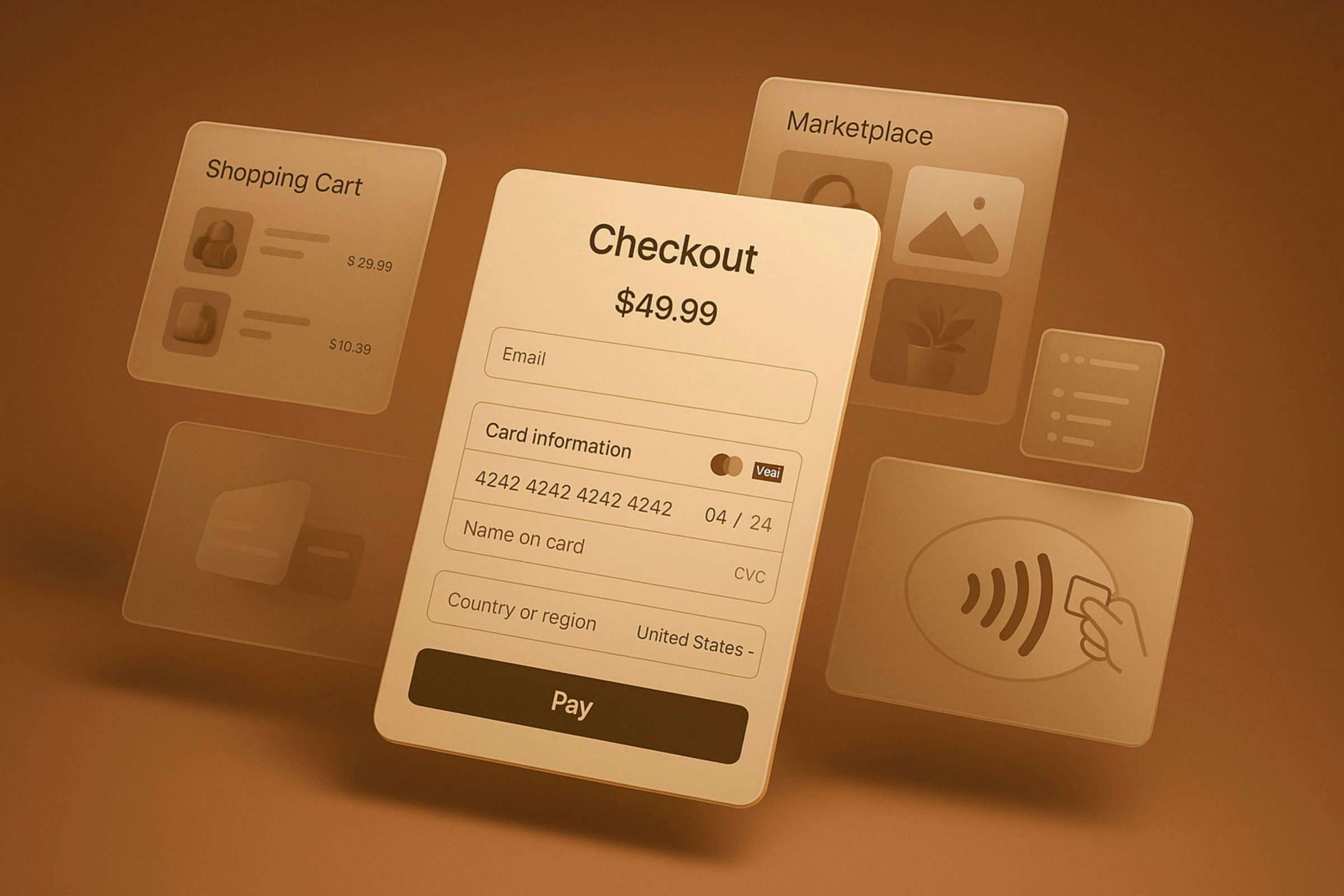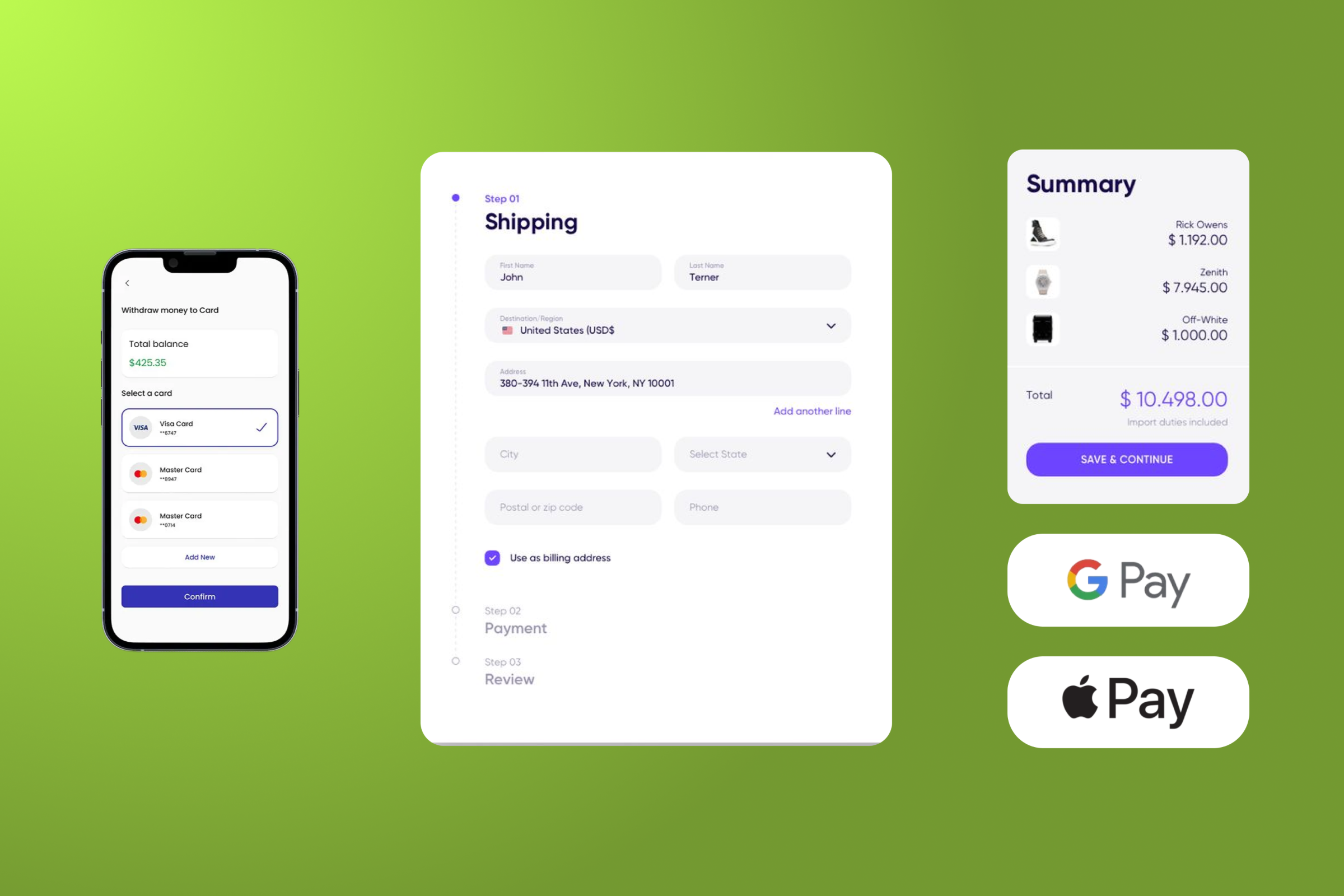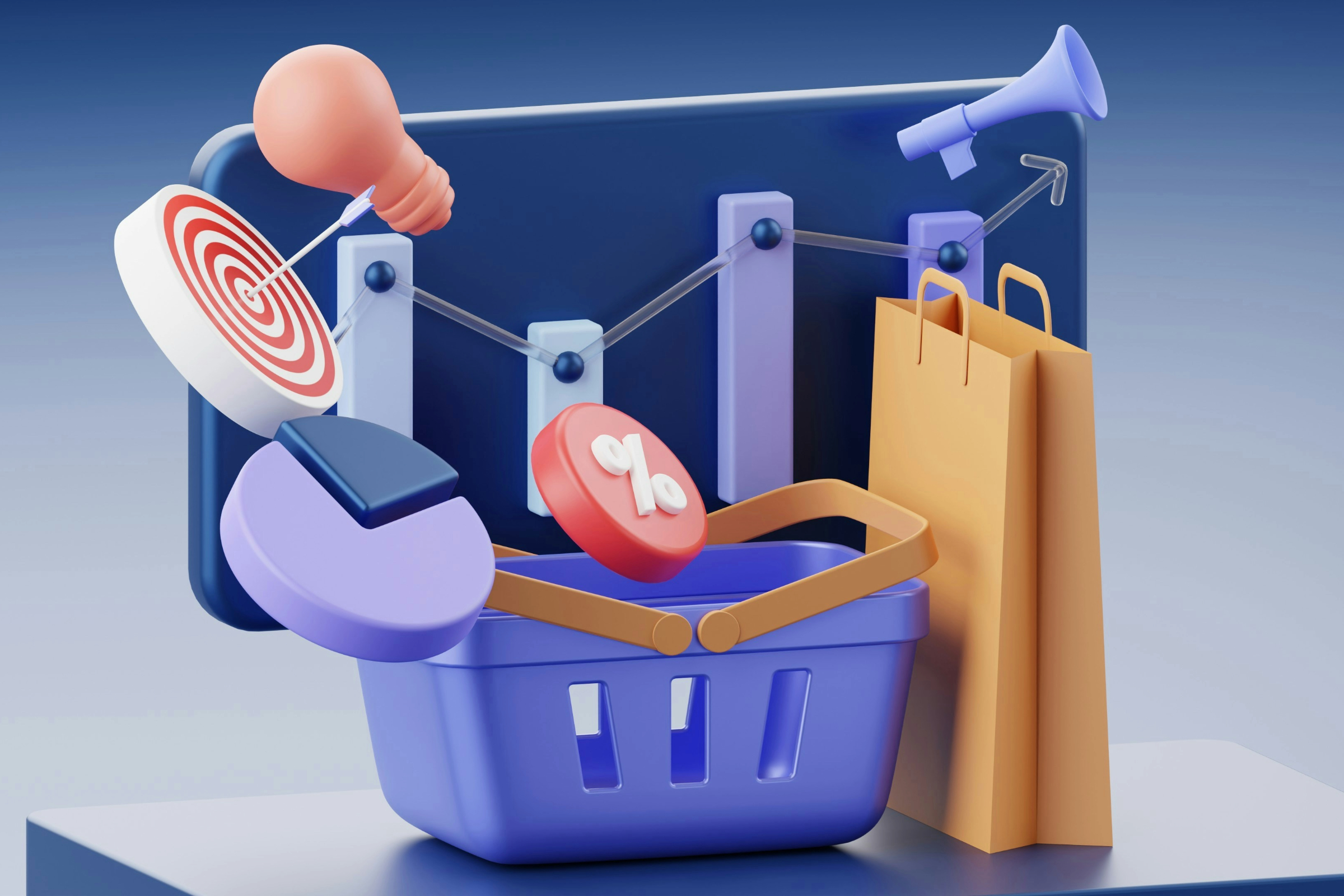5 Mistakes That Are Holding Back Your Shopify Sales
You’ve been running your Shopify store for a while. Some months were incredible, revenue was steady, ads were working, and your products were flying off the shelves.
But lately? Sales have stalled. Growth has vanished. Nothing you try seems to work.
You’re not alone. This article breaks down 5 hidden mistakes that hold back most Shopify stores in 2025, and how to fix each one with clarity, data, and practical solutions.
You Don’t Know Who Your Customer Is Anymore
How to Understand Your Shopify Audience in 2025
The Roman philosopher Heraclitus once said, "No man ever steps in the same river twice." Your customers are that river. They change. What resonated with them last year might feel irrelevant today.
Maybe they spend more time on TikTok than Instagram now. Maybe their disposable income has shrunk. Maybe they crave ethical sourcing or faster shipping.
Most store owners know their products inside out, but very few know their audience with the same depth. And that's the first major problem.
Your customers evolve. What worked a year ago may not work today. Income levels, content preferences, digital habits change everything.
Signs You’re Out of Touch:
- You don’t know which channels bring the most qualified traffic
- Your ads are targeting demographics, not behaviors
- You’re seeing traffic but no consistent purchases
What To Do:
- Dive into your Shopify Analytics to study returning customer segments
- Use post-purchase surveys to ask what problem your product solved
- Check your search bar data to understand what people look for
- Use tools like Triple Whale, Lifetimely, or Hotjar to visualize buyer journeys
Your goal is to not just sell products, you need to sell to people, and people change.
Your Brand Looks Like Everyone Else’s

How to Build a Strong Brand on Shopify
In saturated markets, brand is what makes people choose you over a cheaper or faster option.
If your store feels transactional, faceless, or generic, you’ll be compared only on price. And that’s not sustainable.
What Builds a Memorable Brand:
- A clear origin story or purpose
- Consistent tone of voice across email, ads, and support
- Brand visuals that reflect personality, not just design trends
- Messaging that focuses on the customer, not the product
Think about how brands like Liquid Death, Glossier, or Ridge Wallet grew. Not just through products, but through identity, loyalty, and community.
Action Steps:
- Define 3 words that describe your brand vibe (e.g., playful, empowering, tech-forward)
- Redesign your About page to include your founding story
- Rewrite your product descriptions in a more conversational, benefit-driven tone
Emotional connection is what makes someone bookmark your store, follow your updates, and recommend you to a friend.
Your Mobile Store Experience Is Failing
Why Your Shopify Store Isn’t Converting on Mobile
Mobile-first is no longer a trend, it’s the standard.
In internal data published by Shopify in 2024, over 73% of traffic across their platform came from mobile devices. Yet, many store owners only test and build for desktops.
Mobile UX Issues That Kill Sales:
- Slow load times (over 3s = higher bounce risk)
- Buttons too small or too close together
- Content blocks misaligned or overlapping
- Sticky bars or pop-ups blocking checkout
How to Fix:
- Test your store on at least 3 devices (iPhone, Android, tablet)
- Use Google PageSpeed Insights and Shopify Analyzer to diagnose performance
- Minimize the use of heavy animations and large image files (opt for .webp)
- Remove unused apps that inject JavaScript into every page
A fast, smooth mobile experience communicates reliability. And trust is what makes people click “Complete Order.”
You’re Ignoring Niche Influencers

Why Niche Influencers Outperform Paid Ads for Shopify Stores
Many Shopify store owners pour a fortune into paid traffic, especially on Meta platforms. And yes, paid ads can still work. But if you're starting out or operating with a lean budget, relying solely on paid media is a risky move.
One of the most underrated and highest-ROI strategies right now is niche influencer marketing. And no, we’re not talking about big-name creators with millions of followers.
Why Big Influencers Often Miss the Mark:
- Their audiences are too broad
- They charge premium rates
- Their content often feels promotional and inauthentic
- They drive cold traffic that doesn’t convert
The Case for Nano and Micro-Influencers:
- Higher engagement rates
- More personal connection with followers
- Trust-based influence in niche communities
According to Nielsen (2023), 92% of consumers trust recommendations from people they follow more than any paid advertisement. HubSpot also reports that nano influencers can generate up to 4x more engagements than larger accounts.
And in 2025, the shift is even more clear: people are gathering in smaller digital communities built on shared interests, values, and habits. The smaller the community, the louder your message can echo.
How to Tap Into This:
- Stop chasing big names
- Identify micro-influencers who align with your product, even if they only have 3,000 followers
- Prioritize engagement and audience alignment over follower count
- Send them products and build real relationships
- Track conversions using UTM links or exclusive discount codes
Focus less on mass exposure and more on relevance. Today, influence isn’t about fame—it’s about trust. And trust lives in the hands of creators your customers already listen to.
See our CEO talk about this topic here:
You’re Not Optimizing for AI Discovery
How to Make Your Shopify Store Appear in AI Search Results
AI tools like ChatGPT, Perplexity, and Gemini are now being used like search engines. If someone asks, “What’s a good store for tactical gear in the US?”—the AI will answer.
But what does it use to decide?
- Clear, structured content
- Pages with semantic meaning (think: FAQs, how-to guides, honest product detail)
- Reviews and signals of trust
What You Can Do:
- Use natural, descriptive copy (e.g., “breathable cotton hoodie for fall layering” vs. “premium hoodie”)
- Add schema markup for products and FAQs
- Publish content that directly answers common customer questions
The better your site communicates meaning, the more likely AI is to include it in trusted answers.
This isn’t just about SEO, it’s about shaping perception and recommendation in a new era of search.
Conclusion
Each of the mistakes discussed above is common, but none are irreversible. Instead, they serve as clear signals that your store needs to evolve to meet the expectations of today’s shoppers. By staying connected to your customers, building a brand that resonates emotionally, delivering a fast and seamless mobile experience, collaborating with creators who hold real influence, and optimizing your content for both humans and AI, you’ll reposition your Shopify store for meaningful, long-term growth.
If you're looking for support in any of these areas, our team at Vasta is here to help. We specialize in conversion-driven Shopify development and growth strategies. Book a free audit below and let’s move your store forward.




.jpg)



